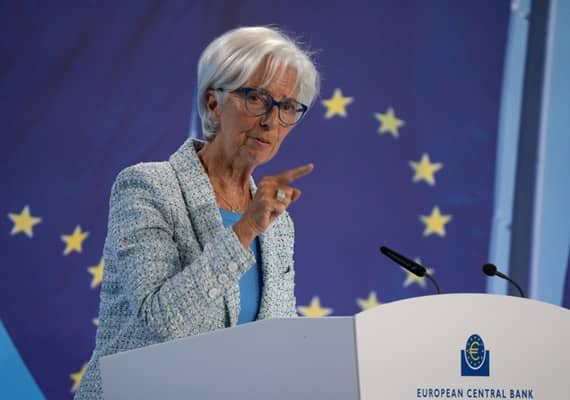
"Although the euro has staged a two-day rebound, the current macro landscape continues to create a clear push-and-pull dynamic for EURUSD. On the U.S. side, growth remains resilient with household demand still solid, while Europe shows divergence between a relatively stable services sector and a sluggish manufacturing base. Last week, U.S. GDP grew 3.8% q/q, durable goods orders unexpectedly jumped 2.9%, housing indicators (New and Pending Home Sales) beat forecasts, and Core PCE held steady at 0.2% m/m."
"At present, both the Fed and the ECB are cautious about their next policy steps, but their starting points differ. In the U.S., goods inflation has eased, yet services inflation remains sticky, making it difficult for the Fed to signal aggressive easing while the labour market has yet to cool decisively. In Europe, price pressures have subsided more clearly, but weak growth-especially in German industry-limits the ECB's room to raise rates and forces it to balance price stability against downside risks."
U.S. economic data show resilient growth with Q2 GDP up 3.8% q/q, a 2.9% jump in durable goods orders, stronger housing indicators, and Core PCE steady at 0.2% m/m. Eurozone activity remains soft, with French and German manufacturing PMIs below 50 and the German Ifo index weakening to 87.7, while German services enter expansion. The Fed faces sticky services inflation and a still-hot labor market that limit aggressive easing. The ECB contends with subsided price pressures but weak industrial growth that constrains rate moves. Higher U.S. yields and AI-driven equity flows bolster dollar demand versus the euro.
Read at London Business News | Londonlovesbusiness.com
Unable to calculate read time
Collection
[
|
...
]